Treating vertigo: Differences between physiotherapy, osteopathy and exercise physiology
Title: A Comparative Analysis of Physiotherapy, Osteopathy, and Exercise Physiology in the Treatment of Vertigo
Introduction:
Vertigo, characterized by a sensation of dizziness and imbalance, can significantly impact an individual's quality of life. Various therapeutic approaches aim to alleviate vertigo symptoms, with physiotherapy, osteopathy, and exercise physiology emerging as viable options. In this article, we will explore and compare these three disciplines in the context of treating vertigo.
1. Physiotherapy:
Physiotherapy, also known as physical therapy, focuses on restoring and maintaining physical function and mobility. In the treatment of vertigo, physiotherapists often employ vestibular rehabilitation, a specialized form of therapy that addresses inner ear issues contributing to vertigo. The key components of physiotherapy for vertigo include:
a. Vestibular exercises: Physiotherapists design specific exercises to improve gaze stability, balance, and coordination, targeting the vestibular system.
b. Canalith repositioning maneuvers: Techniques such as the Epley maneuver are commonly used to reposition displaced calcium crystals in the inner ear, alleviating symptoms associated with certain types of vertigo, such as benign paroxysmal positional vertigo (BPPV).
c. Gaze stabilization exercises: These exercises focus on enhancing the ability to maintain a stable gaze during head movements, reducing dizziness.
2. Osteopathy:
Osteopathy is a holistic approach that emphasizes the interconnectedness of the musculoskeletal system and overall health. Osteopathic treatments for vertigo involve a thorough assessment of the patient's posture, musculoskeletal structure, and cranial function. Key elements of osteopathic interventions for vertigo include:
a. Cranial osteopathy: Osteopaths may use gentle techniques to manipulate the skull and address any restrictions or imbalances that could contribute to vertigo.
b. Musculoskeletal adjustments: Osteopathic manual techniques aim to improve musculoskeletal alignment and relieve tension, potentially alleviating vertigo symptoms linked to mechanical factors.
c. Soft tissue manipulation: Osteopaths may employ techniques to release tension in muscles and fascia, promoting overall balance and reducing strain on the vestibular system.
3. Exercise Physiology:
Exercise physiology involves the application of exercise and physical activity for the prevention and management of various health conditions. In the context of vertigo, exercise physiologists may prescribe tailored exercise programs to enhance overall fitness and address specific factors contributing to dizziness. Key components include:
a. Cardiovascular exercise: Aerobic activities improve cardiovascular health, enhancing blood flow to the inner ear and promoting overall well-being.
b. Strength and flexibility training: Exercises targeting specific muscle groups can improve postural stability and reduce muscle tension, potentially mitigating vertigo symptoms.
c. Balance training: Exercise physiologists may incorporate balance exercises to enhance proprioception and reduce the risk of falls associated with vertigo.
Conclusion:
Physiotherapy, osteopathy, and exercise physiology each offer unique approaches to the treatment of vertigo. While physiotherapy focuses on targeted vestibular rehabilitation exercises, osteopathy takes a holistic approach by addressing musculoskeletal and cranial factors. Exercise physiology emphasizes overall fitness and balance training. The choice between these modalities may depend on the specific underlying causes of vertigo and individual patient preferences. Collaborative efforts among healthcare professionals may provide a comprehensive and personalized approach to effectively manage and alleviate vertigo symptoms.
